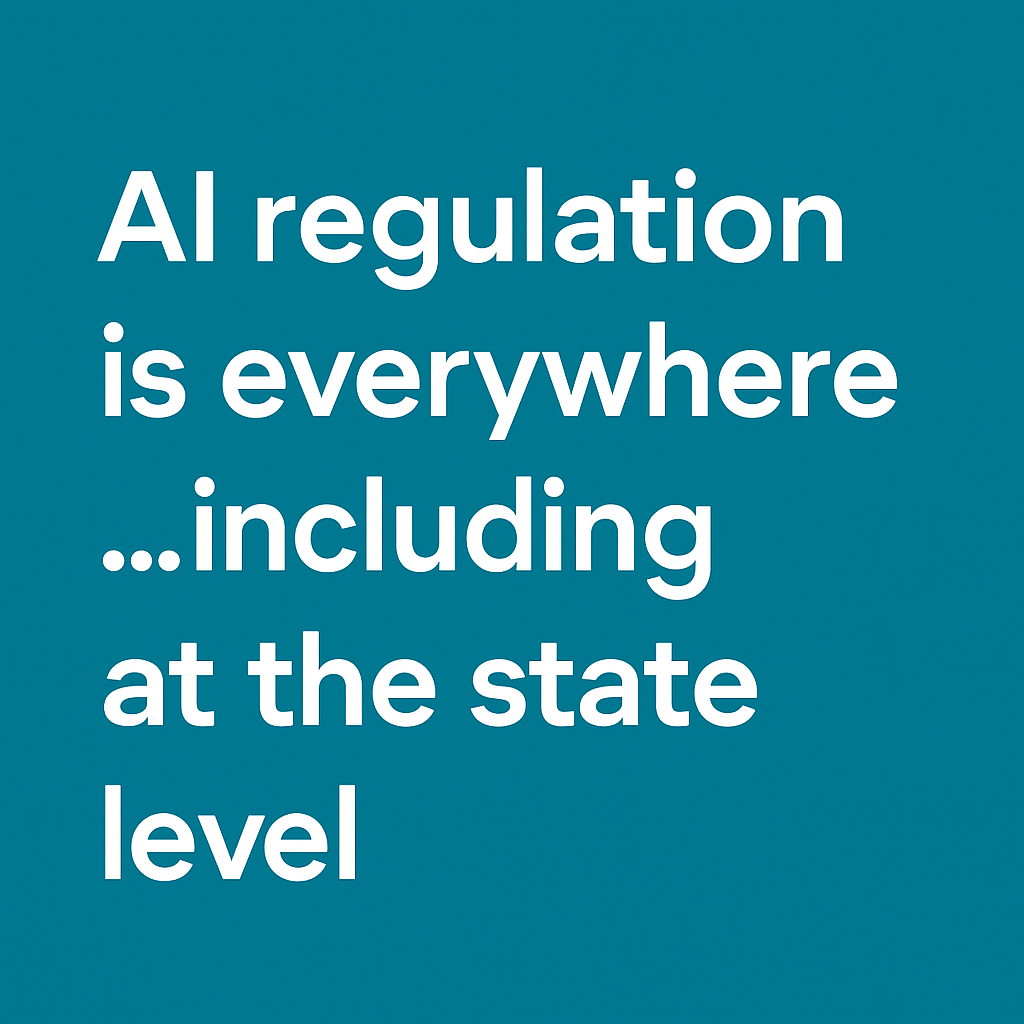As we approach summer, the regulatory risk management, anti-money laundering, and fraud conference cycles are in full swing. Speakers, participants, and vendor discussions all bound with hopeful optimism, ideas, and technologies that can potentially reshape and reenergize Bank Secrecy Act and Anti-Money Laundering program frameworks that haven’t significantly changed in almost 50 years.
I encourage stakeholders to reflect on what their philosophy, actions, and energies will be for the future and take due care in administering control frameworks. The themes I heard at the spring events suggest building and executing programs with actions targeting impactful disruption of bad actors.
We are still challenged by many of the same illicit money flows, techniques, typologies, and criminal intent that show up through each phase of the money laundering cycle. In banking specifically, we tackle the use of cash, wires, ACH, and checks in many of the same ways we did in the 70s, 80s, and 90s, which still drives most of our target detection schema. Combined with today’s emerging money mediums—crypto and real-time movement globally—the discovery techniques of network analysis, advanced analytics applied to big data, federated learning, and AI can provide a deeper line of sight than single humans can process and can be helpful tools in the toolbox.
While the detection schema advances, the bad actors’ tradecraft does as well. Deepfakes, avatars, ease of identify creation, fraudulent documents, and believability of influencers have complicated the “cat and mouse” moves and countermoves of bad actor and crime fighters.
The spring shows mixed emerging leaders and new technologies with experienced practitioners, who together, are attempting to reimagine what shared ideas might bring to the fight. It reminds me of the old “rock soup” fable—everyone bringing something in hopes of producing something even better. Do we just feel better, or is it actually improved?
Truth be told, time, behaviors, and actions will define the journey, destination, and effectiveness. What we collectively put into it—better recipes, better ingredients, effective caretaking—may produce an even better and healthier result. Take these as inspirations in the decisions and approaches you take.
Regulatory messages
Specific observations from the events and the side-bar chatter ran the gamut from massive uncertainty to a truly optimistic and hopeful regulatory future of reform spurring a reconsideration of how to tackle financial crime.
Impactful comments were shared by the Head of the Department of Justice, Criminal Division, Matthew Galoeotti, including the relentless work to eliminate cartels and transnational criminal organizations, dismantle human smuggling, curb the flow of fentanyl and other dangerous drugs, and neutralize child predators and violent criminals. Further messaging noted prioritizing white-collar prosecution efforts against key threats to America. Specifically, fraud perpetrated against Americans as individuals, taxpayers, and recipients of government services—fraud, waste and abuse. The underlying message boiled down to practicality and alignment.
White paper → Mitigating risk in the digital age: A roadmap to AI-enhanced adverse media screening
Some very encouraging comments were made by senior members of the US Treasury Department and other regulatory agencies citing specific examples of actions being taken to review existing laws and regulatory compliance requirements while potentially reprioritizing areas of focus. We have certainly seen this via decisions to relook at the Corporate Transparency Act, at changes to regulatory oversight structures, to evolving crypto acceptance, and with the designation of certain transnational gangs and cartels as terrorist organizations.
Vendor messages
Many institutions and vendors are doing some novel things, which should be commended and encouraged, hopefully inspiring others to be equally creative and open. While creativity and “new tech” is good, we must all embrace the importance of and not forget responsible innovation, explainability, and self-monitoring.
If practitioners want the right to experiment and the opportunity to manage defined programs with greater flexibility, then they must create trust, effectively communicate, and administer innovation programs responsibly that are oriented to results. This can give confidence to stakeholders and reduce the likelihood of negative, disparate treatment, or unintended consequences of applying new techniques to non-bad actors.
Compliance officers that run the largest multi-billion-dollar programs to those with limited teams sense refreshing change. There is hope that streamlining some rules/requirements and employing “true risk-based” approaches can manifest into flexibility to manage the unique and actual risks on the ground. Adaptability, agility, and trust can go a long way to effectiveness and impact. That certainly makes sense to those in the trenches.
Closing thoughts
Reflecting on three decades of participating in these types of events, I am forever the optimist. I believe in the greater good of what the financial-crime fighting industry actually stands for—helping preserve the integrity of the financial system overall; deterring, investigating, and reporting to law enforcement countless acts of suspicious activity; and ultimately protecting our communities from an exhaustive list of bad actor crimes and exploitation of the vulnerable.
It is certainly true that bad actors continue to be well motivated. Law enforcement knows this all too well. When they “cut the head of a snake,” taking out leaders of organized crime, transnational drug trafficking organizations, or even the street-level dealers, others are quick to emerge. The impact of taking out the kingpin is meaningful, but consistent advances, clarity in intent, and energy is needed to sustain it.
The concept that makes sense to me, and many others, is an “impactful disruption” posture with a slice of common sense. This entails aligning priorities, commitment, and energies that can lead to powerful results across a broader and deeper spectrum. For the countless hours and energy collectively spent by law enforcement and industry-led crime fighters, the will is still there; but impactful disruption with clear result metrics and feedback can re-energize all.
My key takeaways are:
- The government and regulatory agencies appear to be headed in the right direction by reviewing and adjusting priorities and compliance requirements, where warranted, and by working together.
- American businesses appear to be pursuing corporate integrity, practical approaches, and a blend of new and old technology solution capabilities that can help achieve impactful disruption with purpose.
The opinions provided are those of the author and not necessarily those of Saifr or its affiliates. Saifr and any other third parties are independent entities and not affiliated. Mentioning them does not suggest a recommendation or endorsement by Saifr.
1209429.1.0


-1.png)




